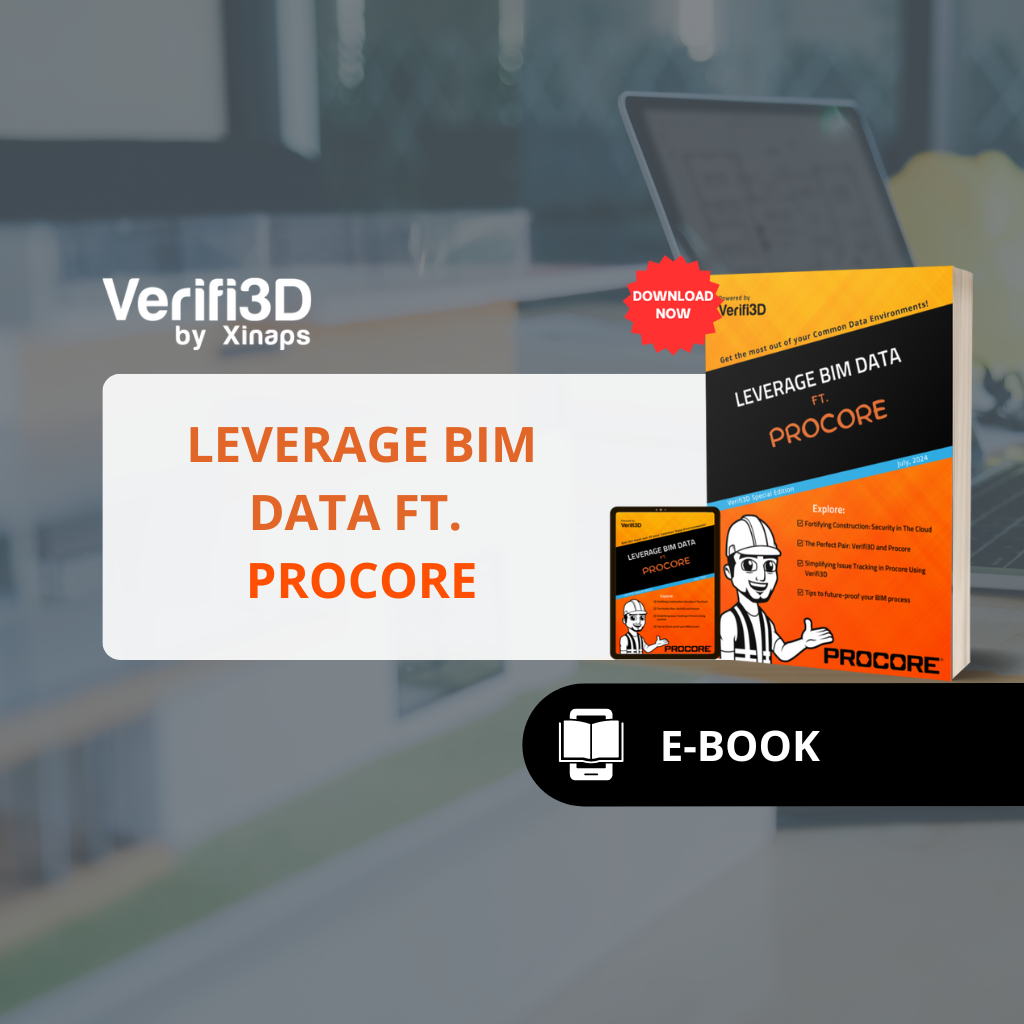We Believe in Open Standards
in Industry insights, Verifi3D /by Xinaps Team Account
Introduction
BIM (Building Information Modelling) is proposed as the solution for all building professionals, project management teams, project owners, construction companies, in order to better design, construct and operate and maintain buildings. BIM represents the digitization of the construction industry. All data during the design, building, management and maintenance phases are recorded in Digital Twins, with all construction partners cooperating. BIM proposes that the creation of a Digital Twin, for the purposes of improving project outcomes, can result in a more economical and sustainable construction industry (CI).
Xinaps has identified that ensuring the quality of construction data is critically important to the data validation process and the production of Digital Twins for construction projects. Verifi3D is proposed as a data validation solution which allows this process to be seamlessly integrated with existing data workflows. Unlike competitors, Verifi3D is browser based & works off an SaaS licensing platform allowing greater accessibility and flexibility to its users. At the core of Verifi3D’s approach are the proprietary Autodesk rvt format and the IFC (Industry foundation classes) exchange format. These file formats are the primary means by which Verifi3D conducts its data validation processes.
IFC general overview
Why did IFC come into being?
IFC format came in to being in 1994 in order to support integrated application development – or what is now known as interoperability. Since 2005 the IFC format has been developed and maintained, as an industry-led, vendor neutral schema, by buildingSMART . The IFC schema came into being to encourage better communication between participants in the construction industry through the design, planning and execution phases of construction projects.
IFC schema relationships
IFC is a standardized, digital description of the built environment which focuses on constructed and civil infrastructure. IFC is seen as the key ingredient in open BIM. OpenBIM faciltates the collaboration process in the CI. Through OpenBIM Information can be easily shared between project participants. IFC is an exchange format which facilitates data transactions in the CI. The IFC schema specification can describe how a facility or installation is used, how it is constructed, and how it is operated. IFC is an information exchange format designed to faciltate improved collaboration in the CI.
This is why Verifi3D prioritizes the support of the IFC schema. Verifi3D is regularly in contact with industry experts who specialize in the classification of construction information within this format. This is a highly technical area in which Verifi3D endeavor to ensure that the information provided for the purposes of data validation is accurately parsed into the Verifi3D environment.
Revit general overview
Why did RVT come into being?
Proprietary file formats are those specific to their authoring software and other permitted software. A RVT file is a proprietary Revit file [11]. Revit is at the forefront of the BIM movement and the most dominant file format in the US market for construction purposes[12].
RVT schema relationships
Besides native Revit file formats, the Revit software also supports common computer-aided design (CAD) formats as well, such as DGN, SAT, DXF, DWF, and others. In addition to modeling and designing buildings, rvt file format can also be used to analyze its meta-data for analysis, clash coordination, and other tasks.
Verifi3D prioritises the support of rvt formats because of their importance to our users groups. Much of the information produced internally (in-house) by these user groups is authored in rvt format and often the information delivery specification (IDS) for their projects stipulate that the information should be authored in rvt. This means that much of the supply chain produces its information in this format. Therefore, it is vitally important that Verifi3D can quickly import and validate this information in an accurate way.
Approach of V3D
Verifi3D approach
Verifi3D has developed an efficient approach which allows users to identify bottlenecks in their existing workflows. Revit files can be brought directly into Verifi3D through our Revit Plugin and saved as a V3D file along with user settings. IFC files are brought into Verifi3D through an IFC engine which is also used by major AEC software providers such as Trimble (Sketch-Up). We also offer sync with BIM360 which means your workflow can be seamlessly integrated with your CDE. Models can then be checked and validated within the Verifi3D environment and issues can be reported in BIM Collab/ BIM 360 issues/ BIM Track.
Verifi3D provides a direct link between the source information and the program to facilitate improved efficiency for user workflows.V3D pushes the envelope on the trade-off between precise and complete information vs. workable file sizes and efficient workflow



























